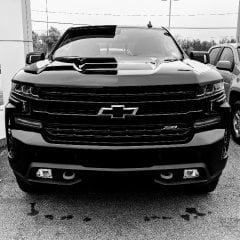Hands on with the Range V4 Max
-
Similar Content
-
- 1 reply
- 180 views
-
HELP! For the time being WAMS is not doing BCM programming to retro fit OEM ventilated seats!!
By Jgrazy22,
- 2 replies
- 329 views
-
- 0 replies
- 233 views
-
- 2 replies
- 4,133 views
-
- 0 replies
- 491 views
-
-
Recently Browsing 0 members
- No registered users viewing this page.
-
Forum Statistics
247.7k
Total Topics2.6m
Total Posts -
Member Statistics
-
Who's Online 19 Members, 0 Anonymous, 1,789 Guests (See full list)


















Recommended Posts
Archived
This topic is now archived and is closed to further replies.